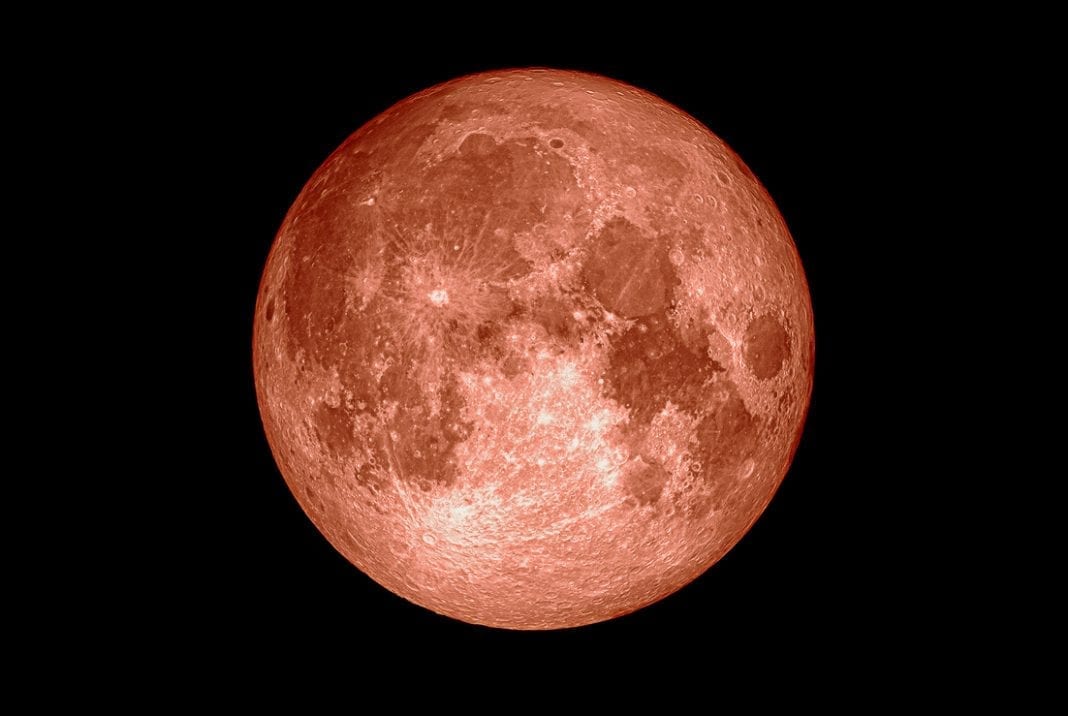January's Wolf Moon recalls a time when wolves roamed the hills of West Virginia. Though the idea may seem as remote as the dark forests through which wolves roamed, West Virginia's rugged interior was the final eastern stronghold of the Canis lupus in the eastern U.S.
As far as is known, the last wolf that lived in West Virginia was shot and killed in a remote section of mountainous Webster County in 1897 by 17-year-old Daniel Stoffer Hamrick.
Read more: January Wolf Moon recalls tale of headless W.Va. ghost
Wolves had already disappeared from more-developed surrounding states, having been purposely eradicated — trapped, hunted, and poisoned to extinction — in pastoral Ohio as early as 1842 and in Pennsylvania in 1892.
Though biologists now value the wolf, humans removed them from much of the northern hemisphere, largely because of conflicts with domesticated animals. In the U.S., native populations remain only in the northern Rocky Mountains, in southern Arizona and New Mexico, and the northernmost Great Lakes region.
Central West Virginia and the state's south-eastern mountains witnessed the last days of the species, and sheep there suffered particularly in Braxton, Webster, Randolph, Greenbrier, Nicholas, and Pocahontas counties, according to local press at the time.
What's a Wolf Moon?
The term "Wolf Moon" is generally associated with the Algonquin language, whose speakers lived in northeastern North America and who kept track of the 29.5 day lunar months, giving each full moon a name.
- The Cold Moon is the first full moon of winter, also known as the Long Night Moon as it occurs about the time of the winter solstice, the longest night of the year.
- The Wolf Moon follows and was so-named for wolf packs that howled hungrily as winter approached.
- The Snow Moon, also known as the Hunger Moon, is the third moon of winter, and appears when snows are often deepest and hunting is most difficult.
Similar names were often given by peoples across the northern reaches of the northern hemisphere, all of whom knew the howl of the wolf and the bite of winter. At its greatest extent, the wolf ranged across almost all of Eurasia and North America and deep into the Indian subcontinent.
Wolves in West Virginia
While the wolf may have passed beyond memory in West Virginia, its name has not. Our staff counted 32 wolf-related place-names in West Virginia, most of which, but not all, were located within its mountainous interior.
For instance, there's a Wolf Creek Mountain in Summers County and another in Monroe, and a Wolf Fork Mountain in Lewis County. There's a Wolf Hill in Morgan County and a Wolf Gap in Pretty Ridge in Wyoming County.
There was also a Wolf Bar in the Ohio River in Mason County, now long drowned by the lock-and-dam system on the river.
There are seven Wolf Creeks — a tributary of the Elk River in Braxton County; a branch of Skin Creek, a tributary of the West Fork in Lewis County; a tributary of the Bluestone River in Mercer County; a tributary of the Greenbrier River in Monroe County; a tributary of the Cheat River in Preston County; a tributary of the Greenbrier River in Summers County; and a tributary of the New River in Fayette County.
There was also a village of Wolfcreek on the stream by that name in Monroe County.
There are four Wolf Runs — one in Doddridge County, another in Wetzel, and another in Barbour County, so-named for a wolf that died in the stream while being pursued by settler Phillip Koontz.
There's also a village of Wolf Run in Marshall County and a Wolf Summit in Harrison County, though the latter was named for a settler by the name of Wolf.
Then there are "Wolf Pens," named for locales in which settlers built pens in which to trap wolves.
There are seven Wolf Pen Runs — a tributary of the Birch River in Braxton County; a tributary of the Right Fork of Steer Creek in Braxton County; a tributary of Stewart Creek in Gilmer County and a tributary of Big Run, which is a tributary of Leading Creek, also in Gilmer County; a tributary of the West Fork River in Lewis County; a branch of the Sand Fork of the Little Kanawha River, also in Lewis County; and a branch of Tenmile Run, which is a tributary of Point Pleasant Creek, a tributary of Middle Island Creek in Wetzel County.
Then there are six Wolf Pen Branches — a branch of Big Sycamore Creek, a tributary of the Elk River in Clay County; a branch of Little Sandy Creek, a tributary of the Elk River in Kanawha County; a branch of Tupper Creek, a tributary of the Pocatalico River, also in Kanawha County; a tributary of the Clear Fork of the Tug Fork River in McDowell County; a very small tributary of the Guyandotte River in Wyoming County; a tributary to Indian Creek, also a tributary of the Guyandotte in Wyoming County; and a tributary to the Beech Fork of Twelvepole Creek in Wayne County. There's also a Wolf Pen Ridge in Pocahontas County.
A community of Wolf Pen is located on Indian Creek in Wyoming County between Pineville and Welch, West Virginia.
There's also a Wolfpit Fork, a tributary of the Little Coal River in Lincoln County, and we assume a wolf pit is much the same sort of trap as a wolf pen, though perhaps one that takes advantage of a natural rock crevice or hollow.
The Blood Moon and the Supermoon
This year's Wolf Moon will be eclipsed as the Earth passes in front of the Sun, casting a shadow that shades, but does not fully darken, the earthward surface of the moon. The ruddy shadow is the origin of the term "blood moon," caused by the scattering of light, much like a sunrise or sunset.
The moon will also be a "super moon," a term that refers to a full moon or a new moon that approximately coincides with the closest distance that the Moon reaches to Earth in its elliptic orbit, resulting in a slightly larger-than-usual apparent size of the lunar disk as seen from Earth.
Sunday's total lunar eclipse will begin at 11:41 p.m. eastern standard time, when the moon will begin to turn red, and totality will last until 12:44 a.m. on Monday, Jan 21. The peak will occur at 12:16 a.m. on Jan. 21
Sign up to receive a FREE copy of West Virginia Explorer Magazine in your email weekly. Sign me up!



